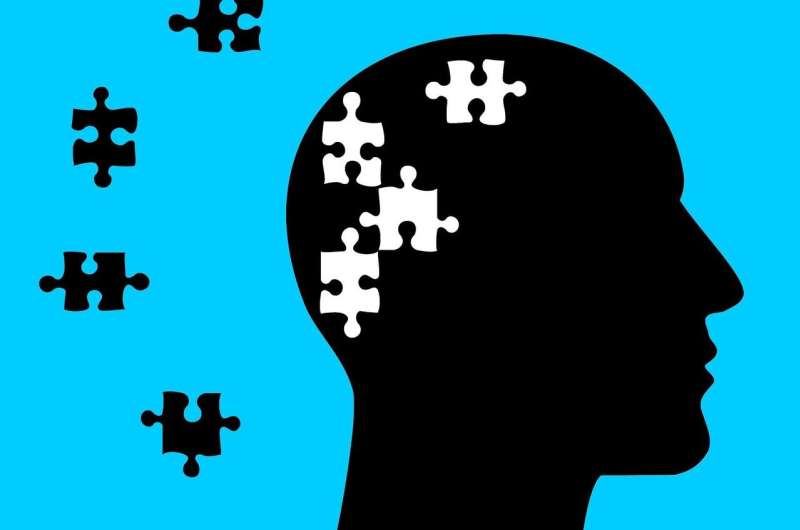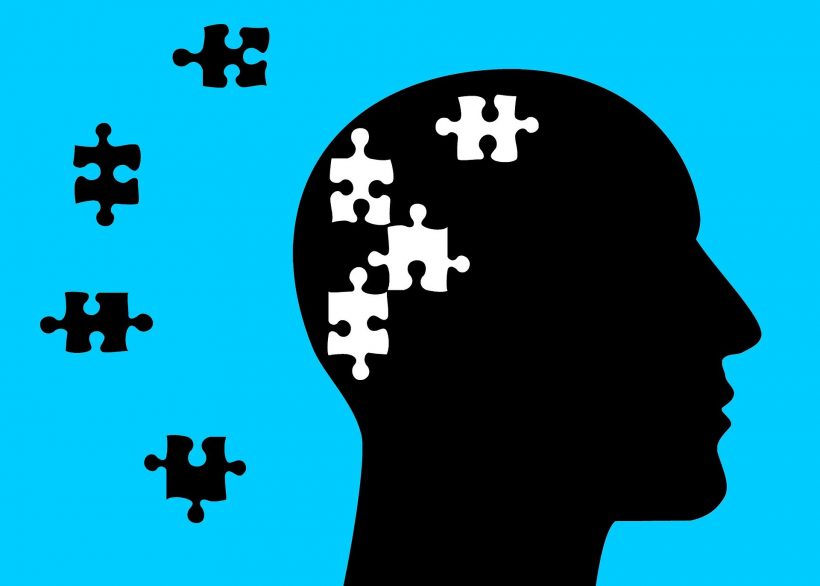
Researchers from the HSE Centre for Language and Brain worked with Russian doctors to address the differences between the symptoms of post-stroke aphasia and aphasia caused by glioma surgery. Post-surgery patients demonstrate moderately severe speech disorders that impact all aspects of language processing simultaneously. Understanding these differences will help doctors develop more effective therapies for speech disorders caused by surgical removal of gliomas. The results of the study were published in Brain and Language.
Aphasia is an acquired speech disorder. Individuals with aphasia lose the ability to understand speech, read, speak, and write. Aphasia can be caused by brain damage, including strokes, brain injuries, and glioma surgery (a glioma is a brain tumor that develops from glial cells). Doctors diagnose these pathologies based on clinical symptoms, neuropsychological study data, computer tomography (CT) and magnetic resonance imaging (MRI). There is no cure for aphasia, but speech therapy and neuropsychological treatment can help restore speech faster and, accordingly, improve the patient’s quality of life.
Most studies of speech disorders have been conducted with patients who had suffered a stroke. Speech disorder symptoms in post-stroke aphasia are quite varied, but can be grouped into a set of syndromes (or scope of symptoms). Each syndrome is centered around a primary deficit that causes symptoms of a disorder. For example, sensory aphasia syndrome can be detected via the symptom of speech understanding disorder, when the patient is unable to distinguish similar sounds (such as ‘b’ and ‘p’). This happens because sensory aphasia is based on a primary deficit: a phonemic discrimination impairment.
The researchers diagnosed speech disorders among post-stroke and post-glioma-surgery patients using the Russian Aphasia Test, a diagnostic test for individuals with aphasia. It was developed by researchers from the HSE Centre for Language and Brain and the Centre for Speech Pathology and Neurorehabilitation. The test makes it possible to outline a linguistic impairment profile qualitatively and quantitatively, as well as to establish the type and severity of aphasia.
The authors of the paper then conducted a cluster analysis of the data using the K-means method. The analysis demonstrated that post-glioma-surgery patients rarely display a phonological deficit (speech sound processing disorder) independently without impairment of other speech aspects. This not the case with patients with post-stroke aphasia, who display specific phonological deficits. The researchers also found that in individuals who had undergone glioma surgery, the impairments of absolutely all speech aspects correlate with each other, while in cases of post-stroke aphasia, only the most closely linked aspects of speech processing are impaired (such as understanding sentences and texts, or repetition of sounds and words). The authors attribute these differences to the reorganization of the speech system in glioma patients.
Andrey Zyryanov, co-author of the paper and Junior Research Fellow at the HSE Centre for Language and Brain, says that “this pathology can develop over a few months or years. Despite the fact that gliomas grow to large sizes, patients usually show either no speech disorders before the surgery or only minor ones. This means that as a glioma grows slowly, the speech system is being reorganized. Glioma surgery impairs the operations of the reorganized speech system.”
The newly published study shows that syndromes of aphasia after glioma surgery are different from post-stroke aphasia. In most cases, patients who have undergone brain surgery demonstrate moderately severe speech disorders that do not involve one specific aspect of speech processing, but all aspects simultaneously.
“We have called the observed syndrome ‘moderate global aphasia.’ The non-specificity of impairments is what distinguishes post-surgery aphasia from post-stroke aphasia. It is essential to understand these differences in order to provide effective speech therapy to patients. That’s why we analyzed these differences in more detail,” Zyryanov says.
Source: Read Full Article
